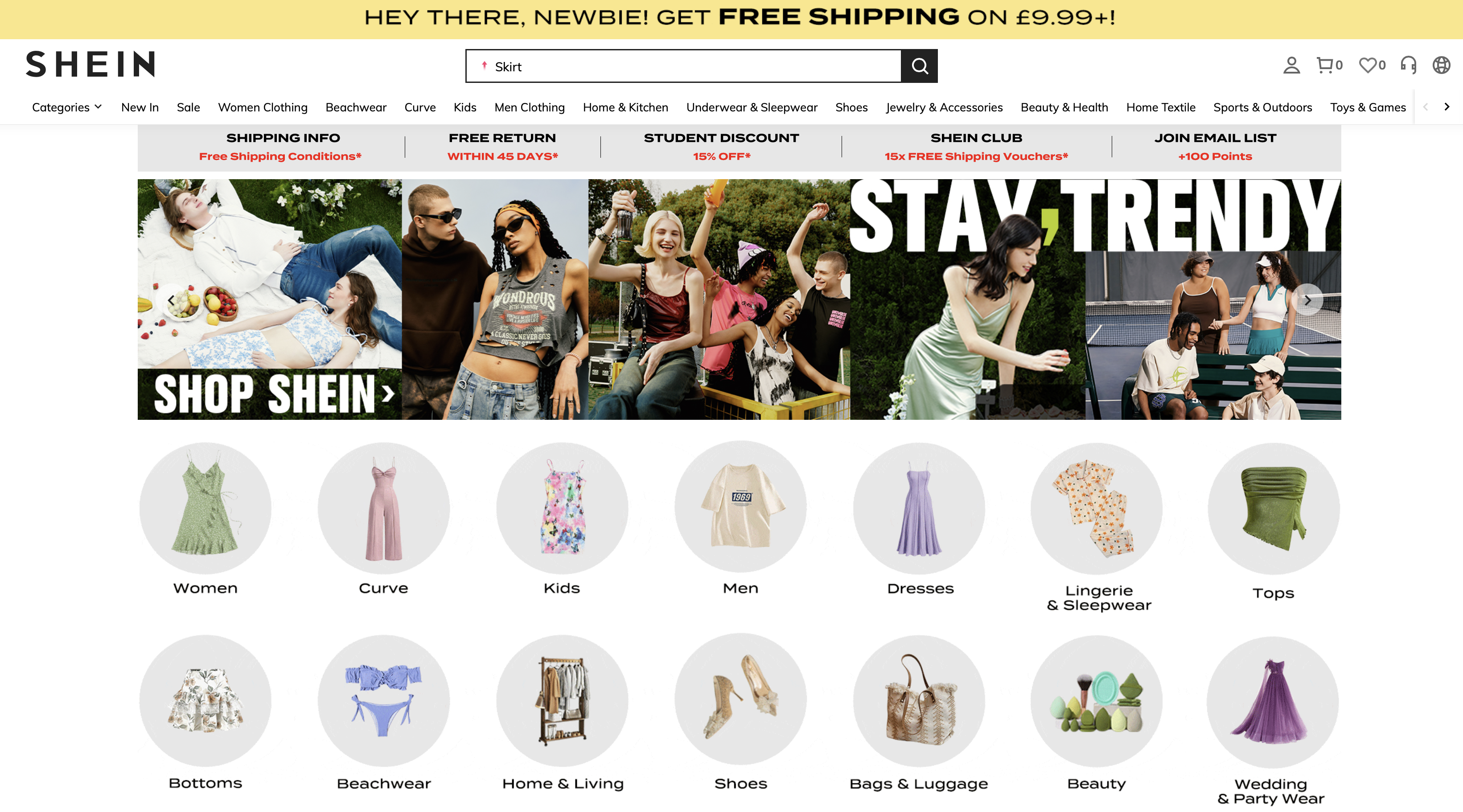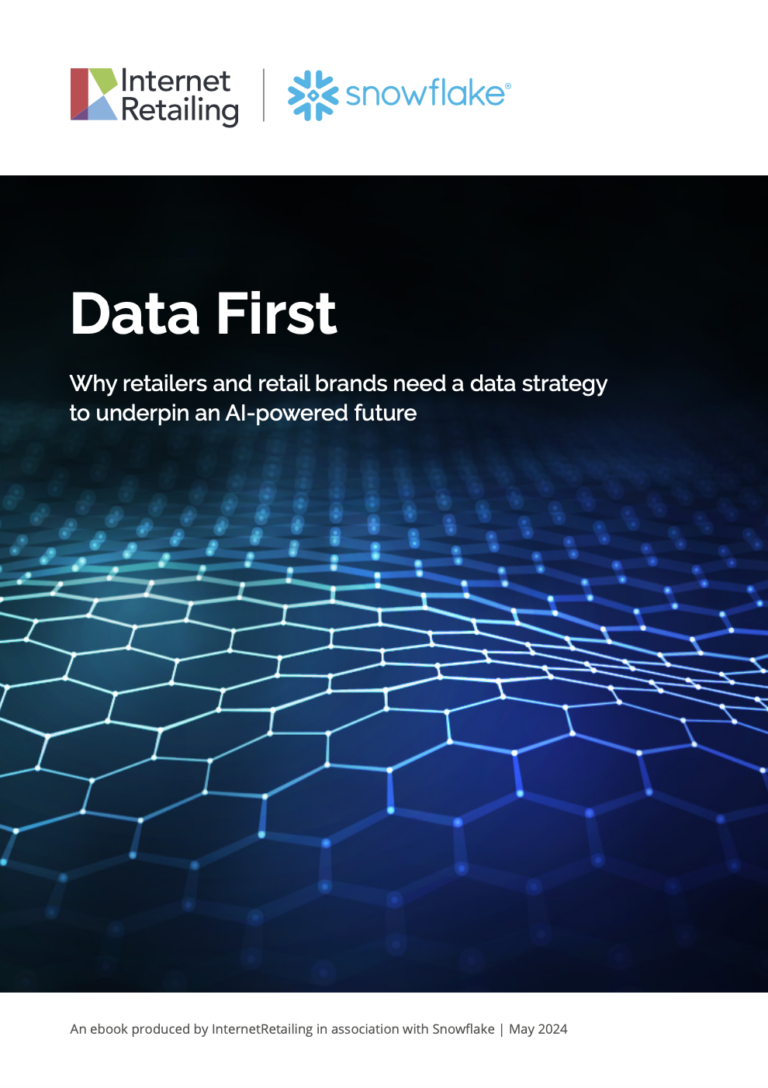Rob Feldmann, chief executive of fashion and homewares private sale site BrandAlley UK , is a keynote speaker at this week’s IRX 2014. We caught up with him ahead of the event.
Internet Retailing: You’re speaking at IRX 2014 on what a successful mobile strategy looks like. How has a mobile strategy benefitted BrandAlley?
Rob Feldmann, chief executive of BrandAlley UK: As a pureplay retailer, our online presence and customer shopping experience is absolutely imperative and key to our business. What we try and do is offer the best journey through the BrandAlley website and all the other devices that our customers use.
There’s been huge technological progress in the mobile retail market, spawning huge growth in mobile retailing. Sales via mobile and on tablets have risen by about 138% in 2013. What we have seen is 47% of consumers use a mobile phone to browse our site and I think that’s in line with the general trends of shopping retail websites.
For us, developing a mobile strategy was essential to keep us up to date. You have to adjust to the shopping beahviour of your customers otherwise they’re going to leave you behind. For us, it was absolutely imperative that we devised a mobile strategy that worked. We were the first UK private sales site to launch into mobile, back in 2012. We had our own mobile site that operated separately from our website back then.
The use of mobile works really well with private sales because we launch between five and seven new sales a day. Mobile means our customers have continuous access to those sales and can shop on the go. We get the commuter shopper first thing, coming into work, but then we also see high usage on their way home as well. At night we see really strong use on tablets, which is people sitting in front of the TV, I think, and also doing their shopping. But essentially customers shop what they want, when they want, and you have to adapt and make sure you can offer them very good access at any point during the day.
We tried both an iPhone app and a mobile-optimised website and both have helped us learn more about our customers and how they shop. We’re continuously driven to give our customers what they desire in the shopping experience. Developing a mobile strategy has helped us understand the importance of customer engagement and convenience. We’ve tried to be the innovators.
We’ve now moved away and developed a fully integrated and responsive mobile site, which works on any device. Mobile now accounts for about 15% of our sales and we receive over 200,000 unique mobile visitors every month. Saying that, 15% is not high enough and we’re hoping to significantly increase that in 2014.
IR: Has enabling customers to shop via mobile brought you sales you wouldn’t have had otherwise?
RF: Yes, I think so. You always have that debate of whether you’re increasing your overall sales or just taking it from one channel to another, but I think the more touchpoints you have with customers, the more likely they are to convert and buy with you. It doesn’t matter necessarily whether they end up buying through mobile, through tablet or a desktop, as long as they’ve engaged with you in various ways. Mobile’s a really, really important tool, it’s critical. When you look at the way technology is developing, using a smartphone is such an easy experience on a good website. On a good phone with good access it’s such a good experience, it’s so much better than being on a big desktop. It just really works. I think it’s really important you have all the touchpoints and communicate in every single way but I think it definitely adds to total sales.
IR: What’s the biggest challenge that mobile brings – and how did BrandAlley tackle this challenge?
RF: The biggest challenge was implementing a fully integrated and responsive mobile site while keeping a seamless shopping experience on the small screen.
You do have to remember that there’s a lot less you can potentially see because you are on a very small screen. We looked at the shopping journey and we worked out a mobile customer journey that allows you to purchase by making the fewest clicks. I think that is absolutely critical. You may need a separate and a different customer journey on a smartphone compared to a desktop, for example.
The issue that we had when launching mobile was to fit the required content onto a smaller screen which meant you had to collate it into a drop down list to search for the products. If you’re generally on your mobile you may have less time because you’re travelling between places, and want to get there staright away and find the black dress that you’re looking for as quickly as possible.
What we found was that we included all the content on the mobile-optimised website but it wasn’t necessarily that easy to shop and get the black dress that you’re after. We did these drop down led menus to really speed it up: I want a dress, in this size and this sort of length, for example, to get it so the customer gets to find it as quickly as possible.
The other thing we looked at was that the product images, because they’re generally smaller, although you can double click them to try and make them bigger. Often that doesn’t quite give you enough, you’re looking for particular parts of the dress and maybe can’t see all of it. It’s absolutely critical that you make the imagery as large as possible and make sure the images are configured so you can really see the detail on the product.
We redesigned the mobile site to give more visuals, but only with the top-line content through the drop-down menu. What we’ve seen is with the rise of social media, is that our customers’ habits have changed. I think they initially wanted a stripped-back simple website to shop from but what we sort of now see is they want a more heavily visual site so we think the customer has changed. On our new mobile-optimised site when you enter it you get very strong images straight away so we try to bring the customer in by seeing beautiful images where they can get close-ups and then push them to say OK, I want to buy this product.
When we initially looked at mobile I think we thought we should make the images less big and try and make it really easy to shop. What we now say is we want to have really strong images that brings the customer in but then makes it really easy for them to search to what they want. You have to bring them in with really strong images.
IR: What’s the most important step towards integrating mobile alongside other channels, such as social media?
RF: From what we’ve seen mobile plays a really crucial role in omnichannel retailing but the most important step is to make sure it complements and works well with the other channels.
If a customer sees a product on our Facebook page that they want to buy, mobile can be the bridge that directs them to the mobile-optimised website where the product can be purchased instantly. An important step is to make sure it’s a really simple journey for the customer with few clicks so that they can complete the transaction on the mobile website and not be redirected elsewhere.
So what we’ve seen is that integrating mobile alongside other channels such as social media is a really strong driver of brand engagement but it needs to be simple, enjoyable and easy to implement. We did things like place ‘like’ and ‘share’ buttons for each of the social media platforms next to the products on the mobile website to make it easy for customers to communicate, turning a buying experience into a shareable social experience.
Shopping by mobile is generally thought it boosts customer loyalty so linking with social media channels further enhances this for BrandAlley customers, and it allows us to foster personal connections with our customers while also being convenient and bringing the BrandAlley website into our customers’ lifestyle and shopping habits. It’s the key thing is if you engage with the customer in a number of different ways and a number of different touchpoints you’re more likely to convert them. Maybe they came from social media because they read about something they were interested in and if you can then push them to the mobile site, they may then look at that when they’re on their way home from work.
They may not end up purchasing then but then they purchase when they get home on their tablet, but if you keep everything connected and if you ideally can recognise the fact that the person has come through the Facebook page onto the mobile site so that when they come on the site later on the tablet you can serve them up with the product later on immediately it’s a really good shopping experience and you are very likely to pick up the purchase.
IR: Beyond your presentation, what are you most looking forward to at IRX 2014?
RF: I’m interested to see what the other keynote speakers are disussing. Quite a few of our brands are speaking at the conference and in particular I’m interested in hearing Anne Sinclair of Aurora Fashions, because we work with all of the Aurora brands, Jennifer Roebuck of French Connection, a really important brand that we work with, and I’d also love to know what FatFace are doing, because Paul Wright is speaking at the conference.
I generally think you can never stop learning, especially something that is changing every day like mobile. I’m really hoping that I’ll listen to some really good speakers and pick up new things that are happening every day in terms of online innovation. I’m interested just to hear what other retailers are experiencing on a day-to-day basis and how they’re implementing mobile into their future business strategies.
Rob Feldmann will be speaking in the Mobile and Mobility conference at IRX 2014. His session, Understanding what a successful mobile strategy should look like in 2014, takes place at 10.35am on Thursday March 27.









